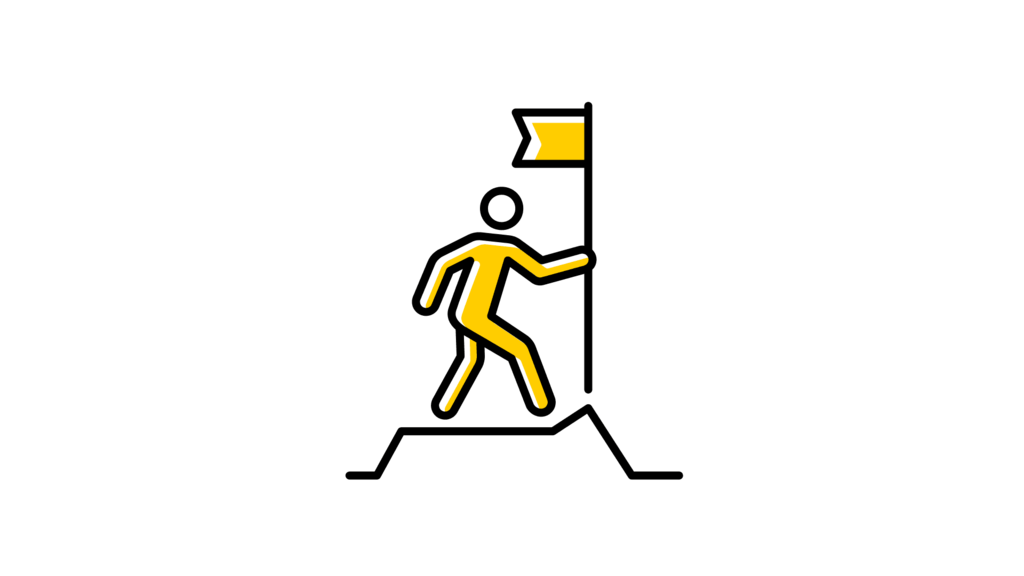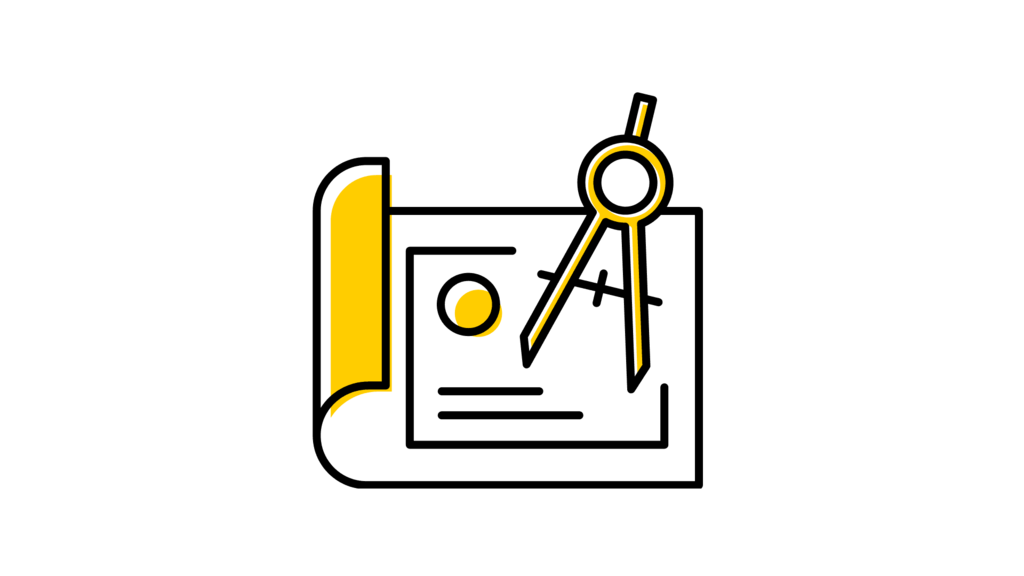Main navigation
The undergraduate program in computer science and engineering is accredited by the Engineering Accreditation Council and the Computing Accreditation Council of ABET, https://www.abet.org, under the commission’s General Criteria and Program Criteria for Computer Science and Engineering.
Computer Science and Engineering Program Educational Objectives (PEOs)

Leadership
Graduates will exhibit leadership and vision in contributing to the computing-related technical and policy decisions of industry, government, and research enterprises.

Computing Skills and Problem-Solving
Graduates will demonstrate computing skills and problem-solving abilities that permit them to contribute in a variety of technical, business, and academic careers.

Global Scale
Graduates will thrive in global and multidisciplinary environments.

Communication
Graduates will possess the ability to communicate effectively and participate collaboratively in interactions with other computing and engineering professionals.

Lifelong Learning
Graduates will understand the importance of participating in lifelong-learning activities that enhance their professional and personal development.

Apply Theory & Fundamentals
Ability to apply computer science theory and software development fundamentals to produce computing-based solutions.
Student Educational Outcomes
Student outcomes describe what students are expected to know and be able to do by the time they graduate.
The Computer Science and Engineering Program has adopted the outcomes stipulated by the Computing Accreditation Commission (CAC) and the Engineering Accreditation Commission (EAC) of ABET.

Problem-solving
An ability to identify, formulate, and solve complex engineering problems by applying principles of engineering, science, and mathematics.

Design synthesis
An ability to apply engineering design to produce solutions that meet specified needs with consideration of public health, safety, and welfare, as well as global, cultural, social, environmental, and economic factors.

Communication
An ability to communicate effectively with a range of audiences.

Ethics
An ability to recognize ethical and professional responsibilities in engineering situations and make informed judgments, which must consider the impact of engineering solutions in global, economic, environmental, and societal contexts.

Teamwork & Leadership
An ability to function effectively on a team whose members together provide leadership, create a graduate.
Computing Accreditation Commission (CAC) outcomes:
- Ability to analyze a complex computing problem and to apply principles of computing and other relevant disciplines to identify solutions.
- Ability to design, implement, and evaluate a computing-based solution to meet a given set of computing requirements in the context of the program’s discipline.
- Ability to communicate effectively in a variety of professional contexts.
- Ability to recognize professional responsibilities and make informed judgments in computing practice based on legal and ethical principles.
- Ability to function effectively as a member or leader of a team engaged in activities appropriate to the program’s discipline.
- Ability to apply computer science theory and software development fundamentals to produce computing-based solutions.
The undergraduate program in electrical engineering is accredited by the Engineering Accreditation Commission of ABET, https://www.abet.org, under the commission’s General Criteria and Program Criteria for Electrical Engineering.
Engineering Accreditation Commission (EAC) outcomes
- Collaborative and welcoming environment, establish goals, plan tasks, and meet objectives.
- An ability to develop and conduct appropriate experimentation, analyze and interpret data, and use engineering judgment to draw conclusions.
- An ability to acquire and apply new knowledge as needed, using appropriate learning strategies.
The undergraduate program in electrical engineering is accredited by the Engineering Accreditation Commission of ABET, https://www.abet.org, under the commission’s General Criteria and Program Criteria for Electrical Engineering.
Annual Student Enrollment and Graduation Data
The total enrollment in our undergraduate Computer Science and Engineering program for the 2020–2021 academic year is 291. The total enrollment for the 2019–2020 academic year was 285 and 37 degrees in Computer Science and Engineering (BSEs) were awarded.
37
degrees in Computer Science and Engineering awarded
291
students enrolled in 2020–2021
285
students enrolled in 2018–2019